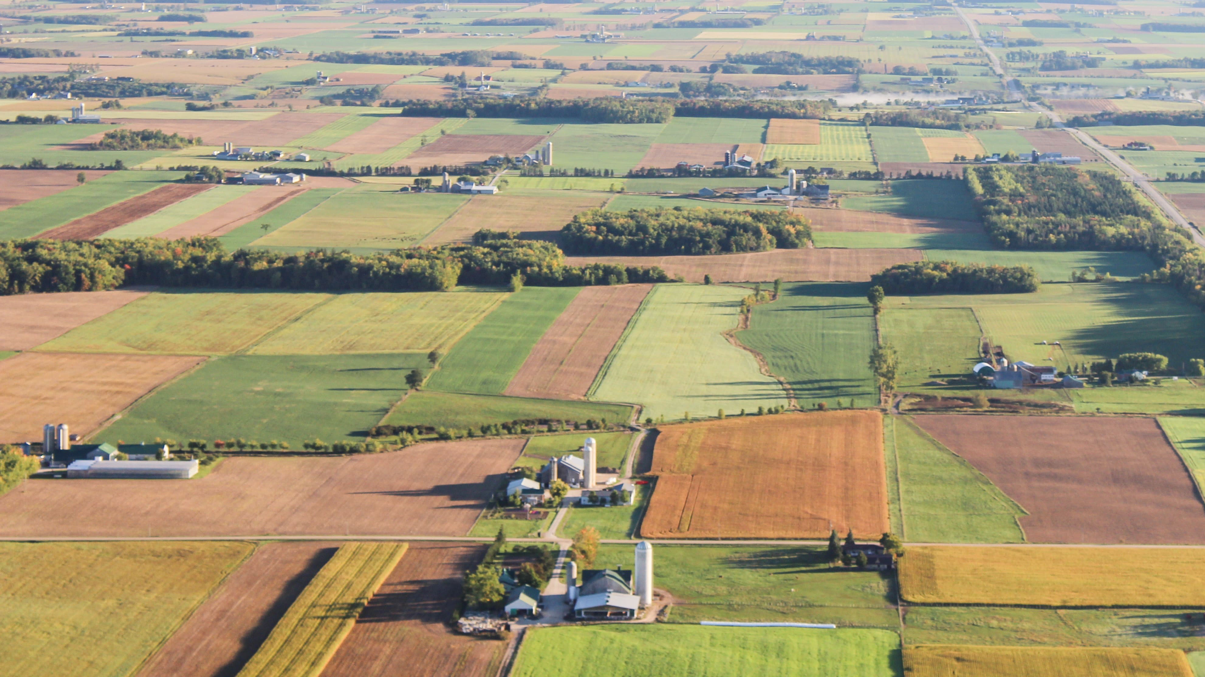IPCC Climate Report: The global food sector must not be allowed to fade into the background.
Coller Foundation Insights —

On the 9th of August, one of the most comprehensive documents thus far on the state of our ongoing fight against climate change was released. The culmination of eight years of scientific study, this first instalment of the sixth IPCC Climate Change Assessment Report came with a stark warning that our chances of capping global heating at 1.5° are growing increasingly slim.
The news sounded alarm bells across myriad sectors of the global economy. There is, however, one sector which is all too often permitted to fade into the background. Food production is no minor emitter, accounting in fact for 26% of global GHG emissions, with animal farming alone contributing 14.5%. In spite of this, many of the world’s most powerful nations aren’t taking food production into account, as they look to cut their emissions in pursuit of that all-important 1.5° goal. The findings of the new report however signal one thing loud and clear: we cannot afford to allow this vanishing act to persist.
Methane Emissions.
Methane has between 84 and 87 times the warming potential of CO2, and livestock production is its leading anthropogenic source accounting for 40% of emissions from human activity. Thanks to data from the new IPCC report, we are now learning that methane emissions play an even more significant role than previously thought, with potentially between 30 and 50 percent of current heating attributable to the gas. Methane emissions also remain sharply on the rise according to the report, growing even faster between 2014 and 2019 than in previous periods, and climbing in lockstep with emissions from enteric fermentation. Methane, the report also highlights, remains critically under-studied by comparison to CO2. What this means is that even at this critical juncture, we are only just beginning to understand the scale and scope of the potential damage being done.
Land Use and Carbon Sequestration.
Food production also has wide-reaching and often under-estimated impacts on land and ecosystems. The total quantity of land taken up with meat and dairy production, counting the growing of animal feed, is already greater than that occupied by forests – a ratio which continues to shift in farming’s favour. Knowledge of food production’s link to deforestation and the consequent destruction of ecosystems and natural carbon sinks, is relatively widespread. What is less often discussed, is the rampant degradation of other key natural carbon stores like peatlands and soils. Findings in the IPCC report suggest that over the last 12,000 years we have seen soil carbon losses of around 116 gigatonnes. To put that into context, the NOAA worked out that a train carrying just one gigatonne of carbon in coal, would have to be 156,500 miles long. The report also highlights that while rebuilding and restoring these carbon stores will be a critical part of the fightback against climate change, removal of GHG gasses is less effective in cooling the climate than emissions are at heating it – a lopsided ratio which immediately puts us on the back foot.
Change, one way or another, is unavoidable.
The damage, it should also be remembered, does not only go one way. As the world continues to heat and biodiversity continues to fall, food-production itself will suffer. Declining soil health driven by pollution and monoculture farming, along with ever worsening water shortages, will risk the production of once-staple crops and has the potential to make once fertile dry due to desertification. Another example prominently mentioned in the IPCC report is that of the destruction of coral reefs, already forecast to decline by 70-90% in a 1.5° scenario, but would likely be almost completely eradicated in a 2° scenario. Coral reefs currently support about a quarter of all marine life, and are estimated by US fisheries alone to generate $100m in value annually meaning that their destruction would be catastrophic for communities who rely on the oceans for food and livelihoods.
What can be done?
One of the key lessons here then, is ensuring we make the necessary and inevitable changes to our food system on our own terms, before they are forced upon us by circumstances outside our control. Doing this will mean shifting production and consumption away from meat and livestock, and toward less water and land-intensive plant-based options, a change which could reduce GHG emissions by up to 50% compared to the current average western diet, and lead to the sequestration of 332–547 gigatonnes of CO2 if done by 2050.
We also need to see a moonshot investment in future tech solutions such as cultured meat and dairy, which with adequate funding could providing low-impact, protein rich food sources within a matter of years.
And, critically, we need to turn our attention toward deploying smart land management to ensure soils remain healthy, ecosystems experience minimal disruption, and natural carbon sinks can be restored.
Above all, let’s not forget that while the IPCC report undoubtedly makes for sobering reading, it does come with one significant caveat: it is not too late – yet. If we are to take advantage of the small window of opportunity which remains however, the global food production sector must play its part.